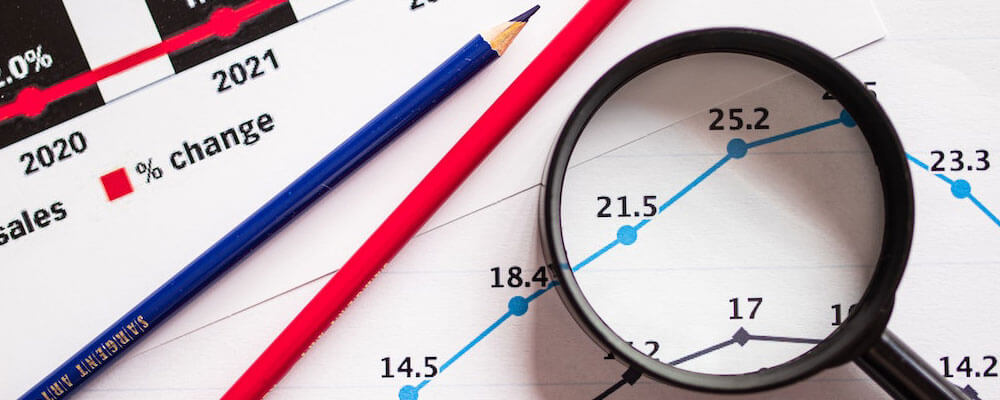10 Common Rate Trading Mistakes to Avoid
1. Ignoring Economic Indicators: Failing to monitor key economic data releases can lead to unexpected losses when rates suddenly shift.
2. Over-leveraging Positions: Using excessive leverage amplifies both gains and losses, often resulting in account blow-ups for inexperienced traders.
3. Lack of Risk Management: Not setting stop-losses or position limits is one of the fastest ways to lose your trading capital.
4. Emotional Trading Decisions: Letting fear and greed drive your trades instead of sticking to a proven strategy.
5. Inadequate Market Research: Jumping into trades without understanding the underlying factors affecting rate movements.
6. Poor Timing: Entering or exiting positions at suboptimal times due to impatience or FOMO (fear of missing out).
7. Neglecting Diversification: Concentrating all trades in one currency pair or market segment increases overall portfolio risk.
8. Insufficient Capital: Starting with too little money makes it difficult to properly manage risk and withstand normal market fluctuations.
9. Overtrading: Making too many trades in an attempt to recover losses or maximize profits often leads to increased transaction costs and poor decision-making.
10. Ignoring Market Sentiment: Failing to consider overall market mood and trader psychology when making rate trading decisions.



